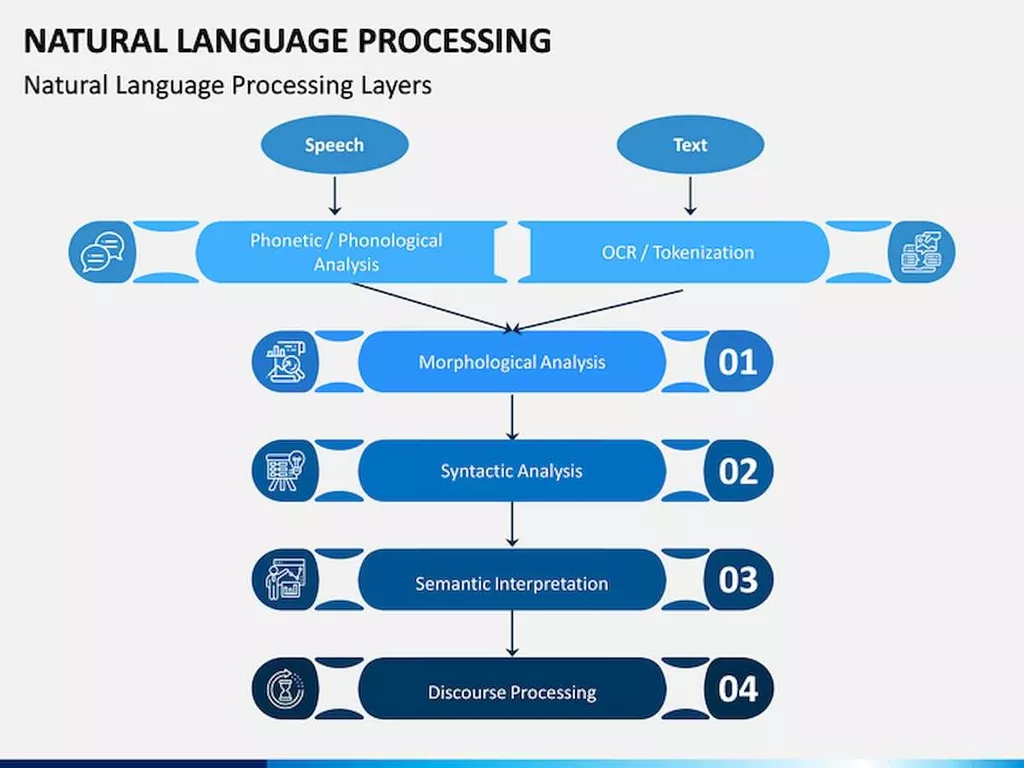The reason for the first point is simple, because the system usage is not fixed, so the use of resources will vary with the system usage. But in general, it can still be maintained in a stable state and there will be no significant ups and downs. MVP – Early Version of your product/service to get insights from your customers. Scalability ensures consistency and work without disruptions, which is very important for a business bound to continue growing. Hopefully you won’t need to say it often in the near future, but with escalating data volumes, planning is key. Tape storage use has had a recent revival as a result of its air-gapped protection from ransomware.
- Now, compared to hard storage, cloud storage can be easily scaled – expanded with more resources.
- In horizontal scaling, companies add more of an equivalent function, to apportion the workload across multiple servers, keeping performance high and increasing available storage.
- But at the scale required for even a “smaller” enterprise-level organization to make the most of its cloud system, the costs can add up quickly if you aren’t mindful of them.
- On the other hand, cloud scalability involves resource expansion on a more persistent level to meet static workload growth.
- By the same token, on-premises IT deals very well with low-latency needs.
The notification triggers many users to get on the service and watch or upload the episodes. Resource-wise, it is an activity spike that requires swift resource allocation. Thanks to elasticity, Netflix can spin up multiple clusters dynamically to address different kinds of workloads.
Elasticity and scalability in AWS
To ensure that you can sufficiently meet customer demand, you double the number of delivery drivers that period and add two internal staff members to take orders and make the pizzas. The chances are that the increase in business for that once-a-year event will come at the expense of demand the following Monday. Therefore, you might reduce the number of hours normally allocated to the Monday crew to avoid paying your drivers and staff to remain idle that night. The goal is to match personnel resources with the actual amount of resources you think will be needed.
Virtualization changed all of that, offering server admins the ability to reallocate resources with a few clicks of the mouse. Servers could be sized appropriately now within minutes to meet increased demand levels. Most people use the concepts of cloud elasticity and scalability interchangeably, although these terms are not synonymous. Recognizing these distinctions is critical to ensure that the business’s demands are handled effectively. Scalability refers to the ability of a system, network, or process to handle an increasing amount of work or load by adding resources.
Unraveling the Difference between Middle and Senior Software Developers
With cloud computing, customers only pay for the resources they use at any given time. Cloud elasticity proves cost-effective for any business with dynamic workloads such as digital streaming services or e-commerce platforms. While scalability helps handle long-term growth, elasticity ensures flawless service availability at present. It also helps prevent system overloading or runaway cloud costs due to over-provisioning. In the context of cloud computing, scalability is the ability of a system to add, remove, or reconfigure the hardware, software, and other resources to handle an increase or decrease in usage. Regarding cloud computing, scalability and elasticity are two important concepts you need to understand.

Therefore, it is already a while after the spike has occurred before scaling can begin. In addition, scaling is not immediately available; even containerized applications have to go through several steps to scale, such as loading the container image and cold-starting it on a new instance. A complex application can take a few minutes from the time it decides to scale to the time it is launched. When resource usage does not rise linearly, but exponentially, something is wrong.
What do Elasticity and Scalability mean for WordPress?
The fact is that we talk a lot about scalability and elasticity today in terms of digital transformation and cloud computing. The question is whether they imply the same thing or if they are different from one another. On the one hand, the two terms are conceptually similar as both address changing demand environments, yet they are uniquely different at the same time.
Elasticity and scalability each play an important role in cloud computing today. Cloud elasticity should be considered a granular approach to dynamically allocating resources to existing infrastructure in reaction to immediate demand fluctuations. On the other hand, cloud scalability involves resource expansion on a more persistent level to meet static workload growth. scalability vs elasticity The two work in conjunction and collectively reduce costs while ensuring that customers receive the same digital experience regardless at all times, now and into tomorrow. Cloud Elasticity utilizes horizontal scaling allowing it to add or remove resources as necessary. This method is much more popular with public cloud services, through pay-per-use or pay-as-you-grow.
An impact-based level system for engineering organizations
Cloud scalability, on the other hand, manages the needs that keep on changing with time. This is done by adding or deleting the resources to ensure that resources are neither lacking nor available in excess. Once again, Cloud computing, with its perceived infinite scale to the consumer, allows us to take advantage of these patterns and keep costs down.

Elasticity, on the other hand, refers to the ability of a system to automatically scale its resources up or down in response to changing demand. An elastic system is able to automatically adjust its capacity to match the current workload, without any manual intervention. This allows for the system to be flexible and responsive and to minimize waste by only using the resources that are needed. Elasticity is the ability to automatically or dynamically increase or decrease the resources as needed. Elastic resources match the current needs and resources are added or removed automatically to meet future demands when it is needed.
Automating Cost Estimation
Leveraging effortless cloud elasticity alongside Vantage’s effective workload management will give you the best of both and provide an efficient, cost-effective solution. To scale horizontally (scaling in or out), you add more resources like servers to your system to spread out the workload across machines, which in turn increases performance and storage capacity. Horizontal scaling is especially important for businesses with high availability services requiring minimal downtime. Having both options available is a very useful solution, especially if the users’ infrastructure is constantly changing.

If the system is not adaptable but is scalable, it does not comply with the definition of Cloud. Both of these terms are essential aspects of cloud computing systems, but the functionality of both the words are not the same. The first step here would be to understand which of these suits you better. Both Elasticity and consistent Scalability are achieved by having a lot of resources. However, with the former, you also need well-established connections between your resources and high-tier algorithms to allow for smart resource allocation.
What Is Horizontal Scaling?
It’s especially useful for e-commerce tasks, development operations, software as a service, and areas where resource demands constantly shift and change. Elasticity also implies the use of dynamic and varied available sources of computer resources. Cloud scalability and elasticity enable companies to have the system they need and calculate power without the expense of purchasing and setting up equipment. Since companies only pay for things they need and use, there’s no waste on capacity and resources that aren’t being used. In addition, you can also avoid other expenses, such as resource management and storage, since scalability allows you to use what you need when you need it.